As the sun sets on Zion National Park’s stunning red cliffs, Corey Arnold is standing on Angels Landing at the ready. In his hands: the new Apple iPhone 7 Plus with its new two-lens camera system.
On assignment for TIME, the professional photographer and fisherman by trade was one of the first to get his hands on the new phone, testing it in one of America’s most stunning national parks.
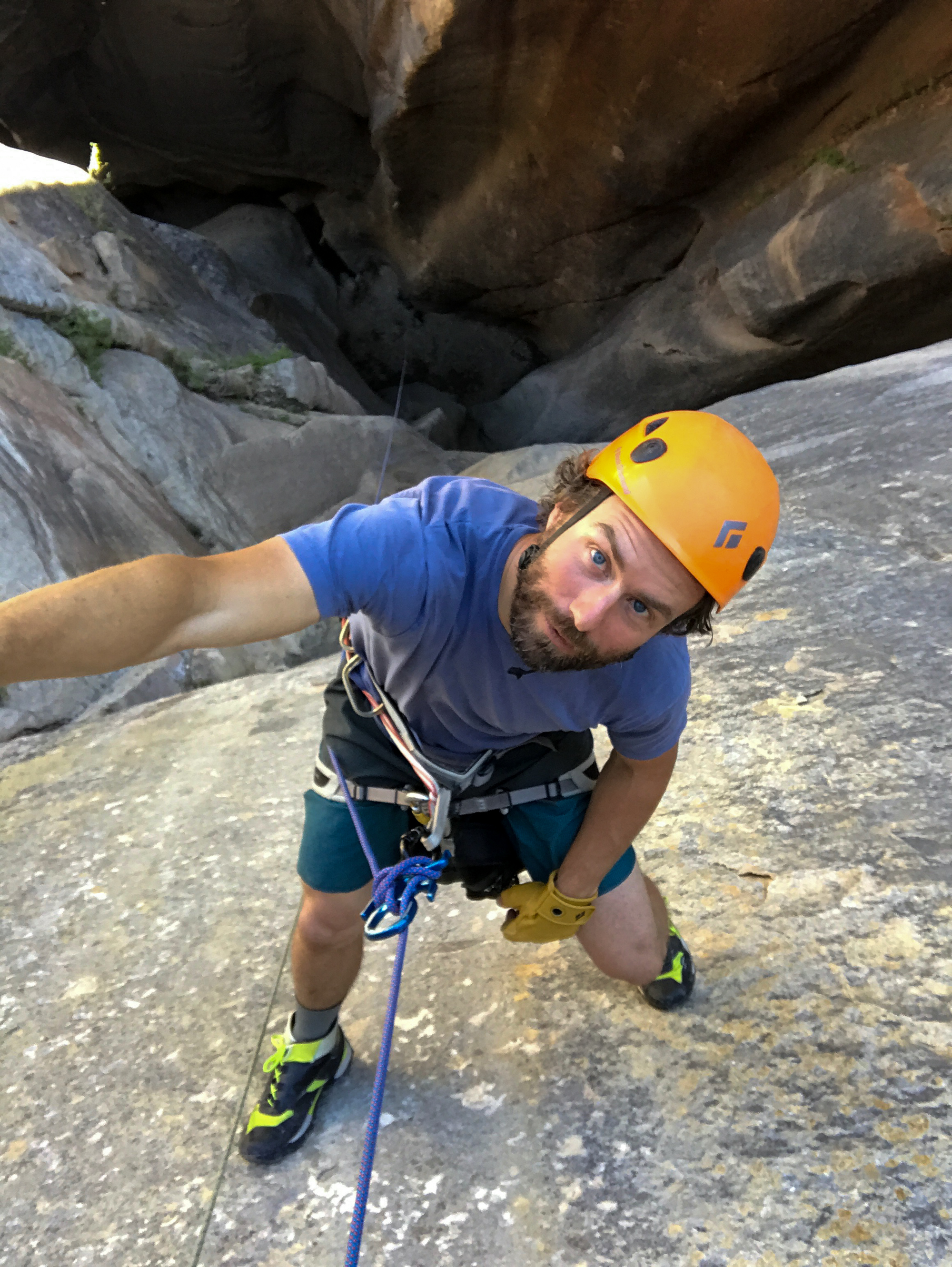
Arnold usually shoots with a DSLR, but for the purpose of this assignment, he left it at home – a first for him. “After two days of hiking over 20 miles and trudging deep into the slot canyons of the Zion National Park wilderness,” he tells TIME, “I fell mostly in love with how un-sore my back was after carrying along almost nothing with me on the journey except for a 6.6-ounce camera phone attached to a cheap selfie stick.”
And the resulting images, he says, are stunning: “I’m impressed with the improvements from the iPhone 6s plus,” even if the new model, like most camera phones, still has a long way to go to catch up with DSLRs.

Read more: iPhone 7 Review: Apple’s best iPhone ever, but just barely
For Arnold, the addition of a second lens in the iPhone 7 Plus is the feature that makes all the difference. “Digital zooming with a camera phone is a horrible idea and the quality of the image depreciates dramatically the further you zoom,” he says. “Having the option to use the additional lens means that portraits will be less distorted and of a higher quality. Also, you don’t have to worry as much about getting trampled by a bison or chomped by a grizzly when trying to get a headshot of your favorite wildlife with a camera phone.”
It also helped that the two lenses on the iPhone 7 Plus – a 28mm and 56mm equivalent on a 35mm full-frame camera – mirror Arnold’s two favorite lenses when he’s shooting with his DSLR.
Arnold was also impressed by the improvements in dynamic range and low-light shooting. “There tended to be more details in the shadows, and gradients in the highlights held up slightly better,” he says. “It is subtle, but the brighter, more colorful screen of the iPhone 7 Plus also made the images look a lot punchier and with more depth than the previous model. The new iPhone appears to have more shadow details and leans more reddish where as the iPhone 6s is more yellow and muddier in the shadows.”
But there’s still room for improvement in low-light shooting situations, Arnold says, especially due to the lack of manual setting options when using the native camera mode. “For example, in the metadata I could see that there were times when low light made the image blurry as the shutter speed was lower to compensate,” he says. This could have been prevented if the aperture had been at its largest – in this case f/1.8 – and ISO had been at its highest. “I think there should be an shutter-priority or aperture-priority option [in the native camera app] for the more savvy camera users,” he adds.
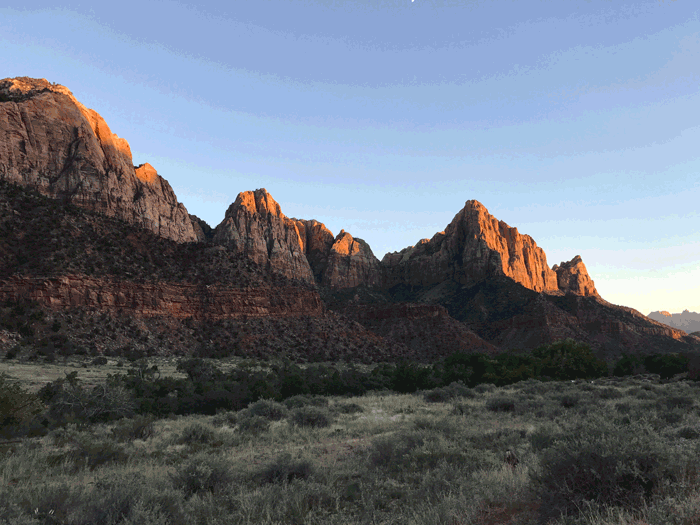
Overall, though, Arnold was pleasantly surprised by the results. “I’m quite happy with the quality of the images for use on the web and relieved that the fully automatic operation of the iPhone can result in such stunning pictures with very little technical knowhow,” he says. But for his exhibition prints, he’ll continue to rely on his DSLR for now.
Corey Arnold is a photographer and commercial fisherman based in Portland, Oregon. Follow him on Instagram @arni_coraldo.
Josh Raab is an Associate Photo Editor at TIME. Follow him on Instagram and Twitter.
Olivier Laurent is the editor of TIME LightBox. Follow him on Twitter and Instagram @olivierclaurent
Follow TIME LightBox on Facebook, Twitter and Instagram.
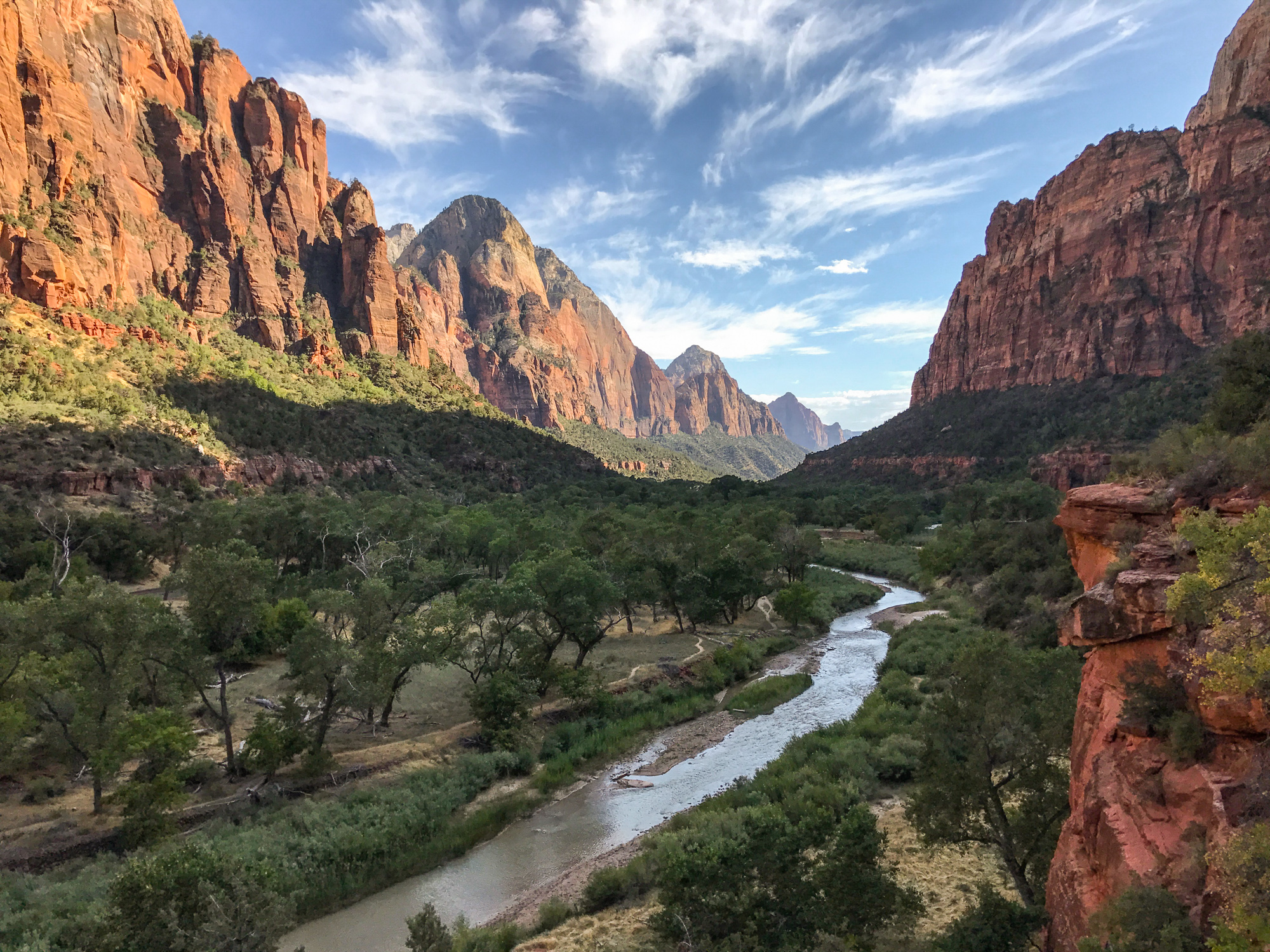
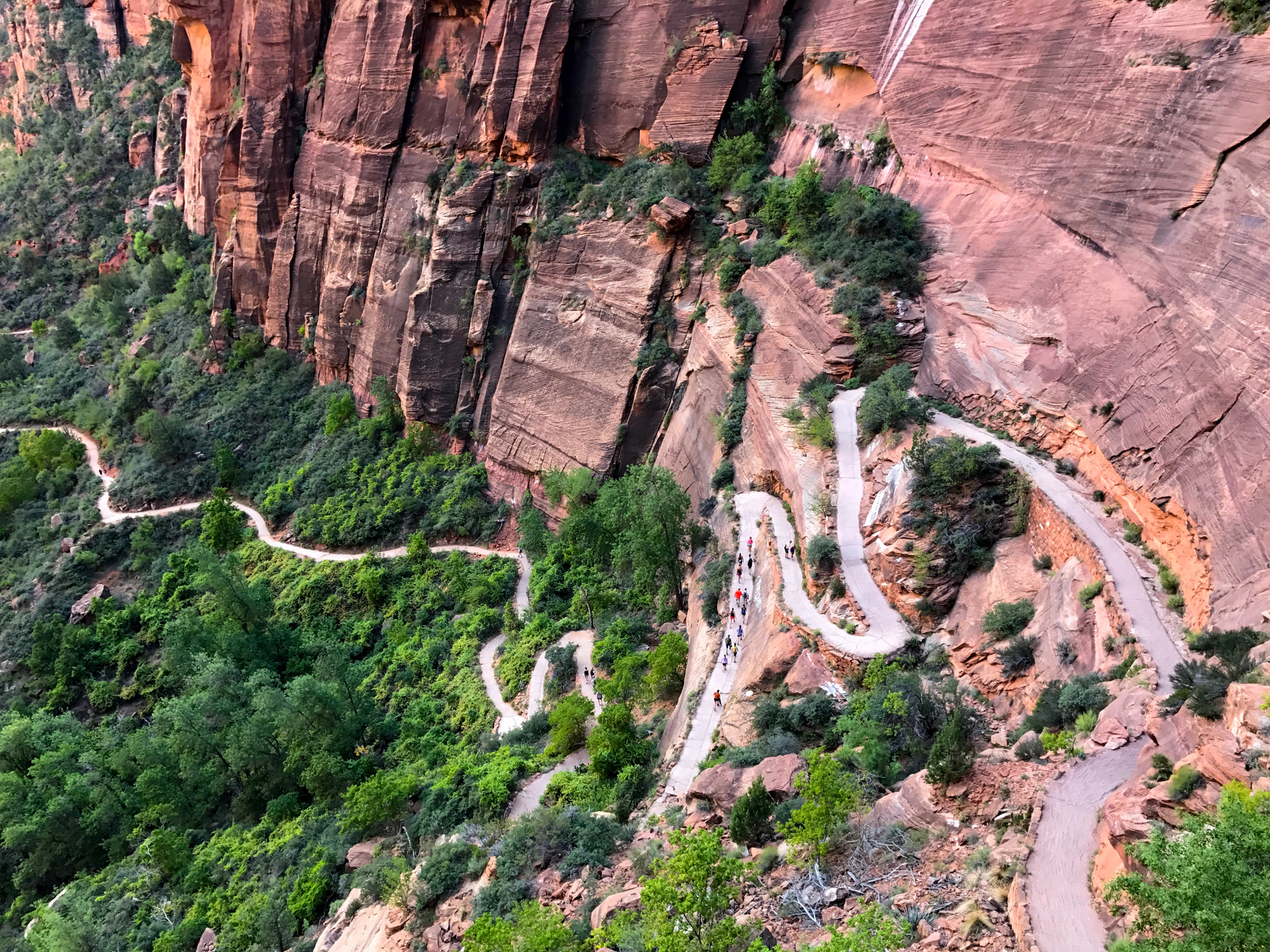
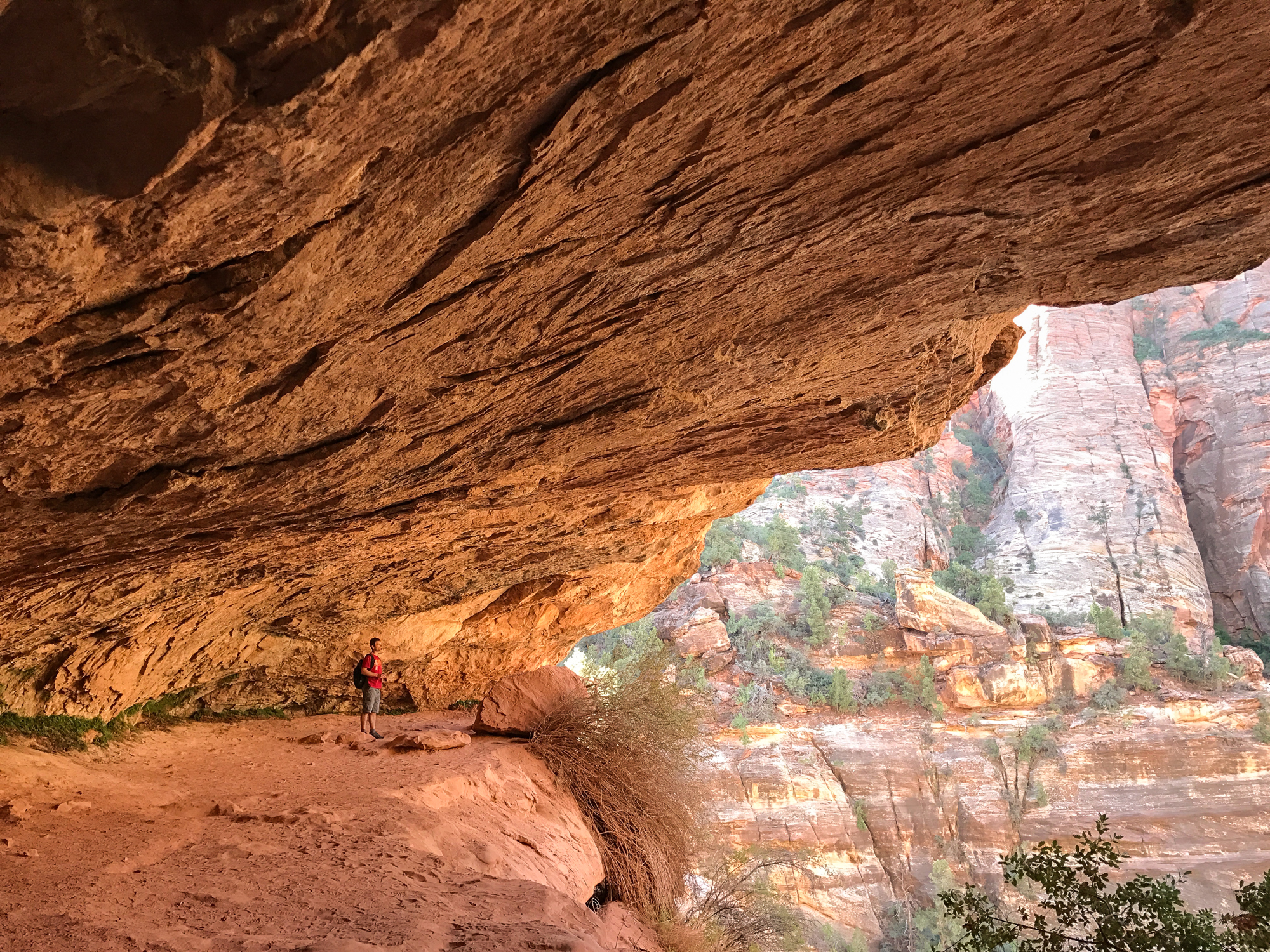
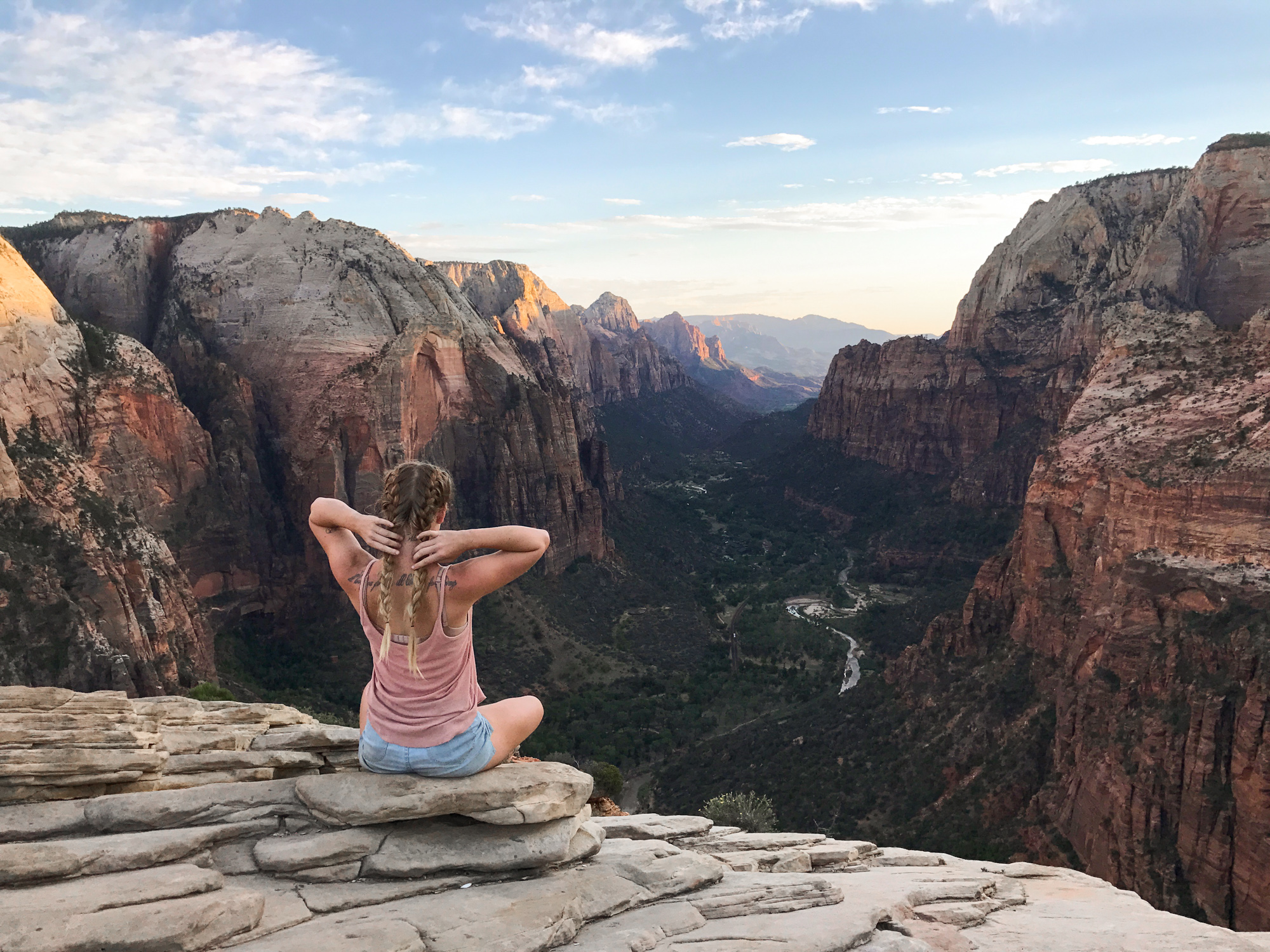
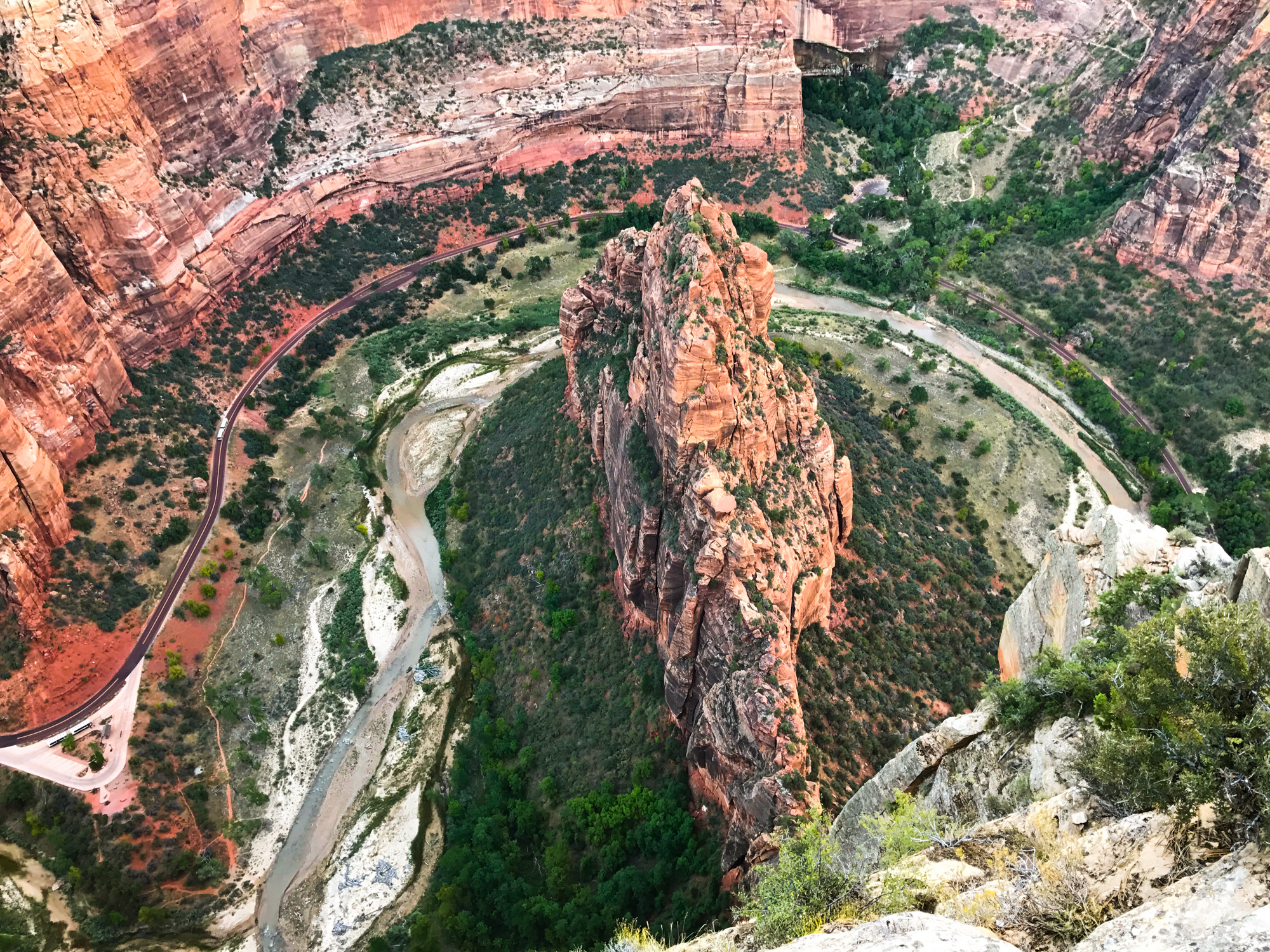
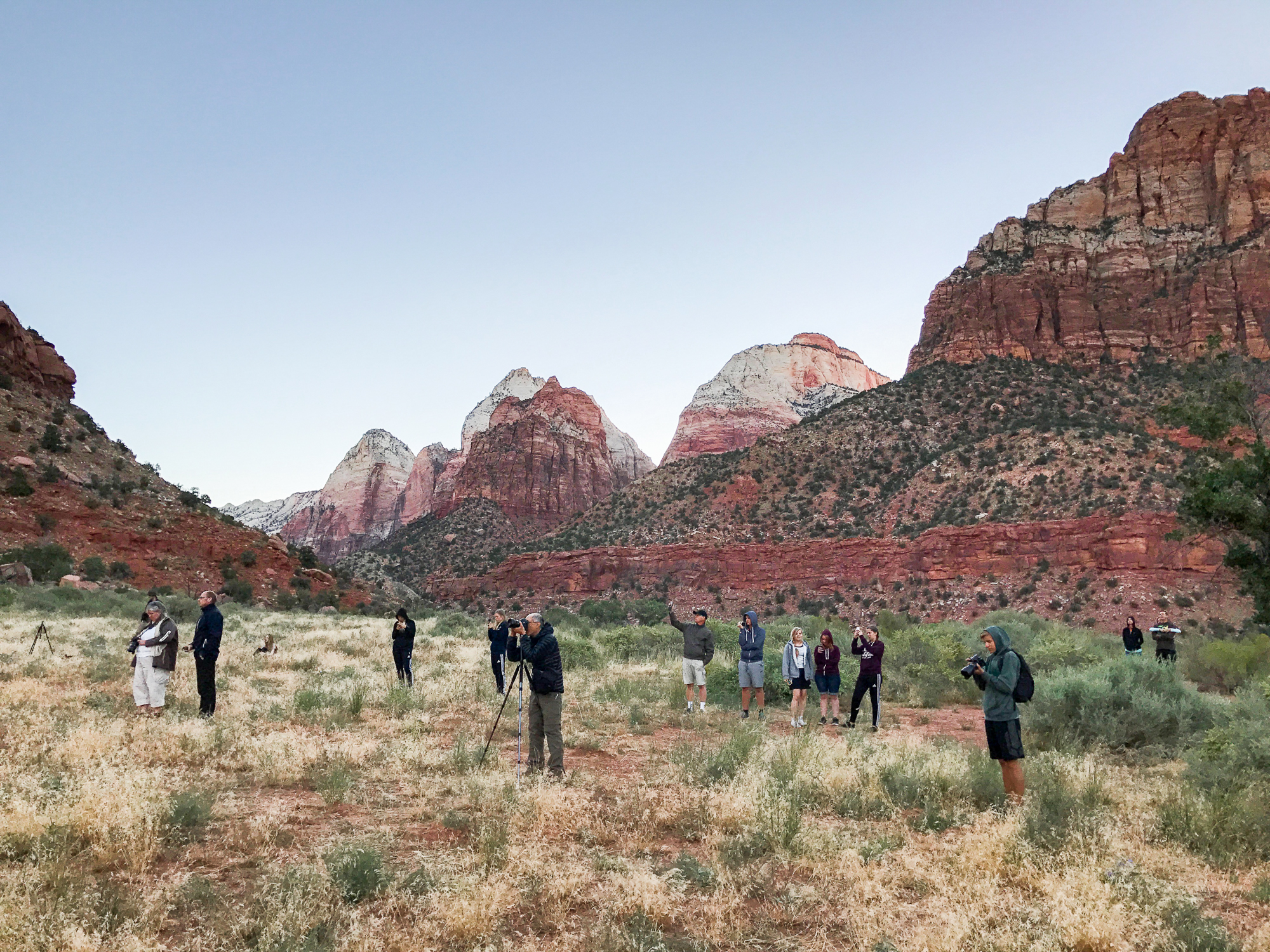





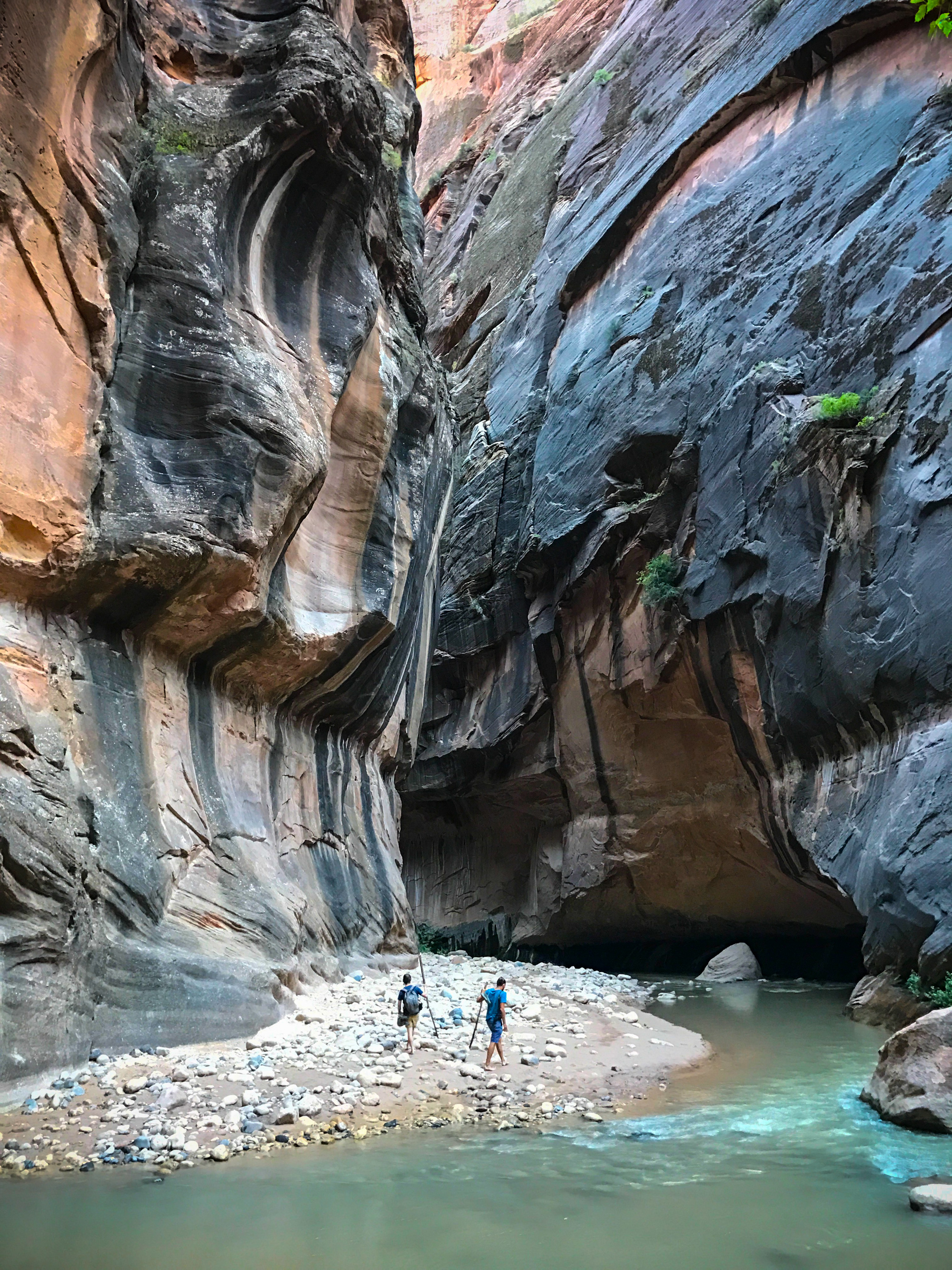
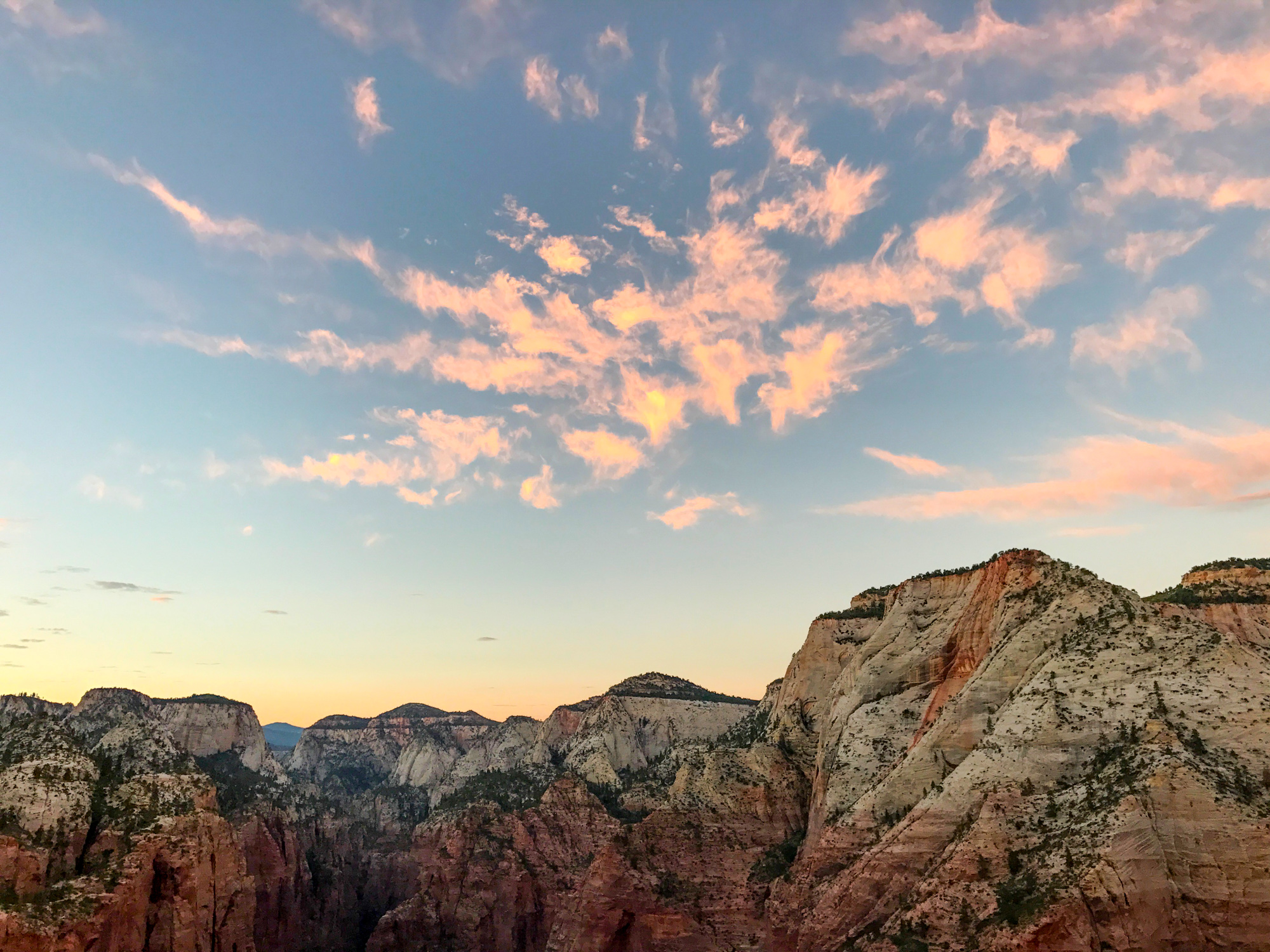
More Must-Reads from TIME
- Donald Trump Is TIME's 2024 Person of the Year
- Why We Chose Trump as Person of the Year
- Is Intermittent Fasting Good or Bad for You?
- The 100 Must-Read Books of 2024
- The 20 Best Christmas TV Episodes
- Column: If Optimism Feels Ridiculous Now, Try Hope
- The Future of Climate Action Is Trade Policy
- Merle Bombardieri Is Helping People Make the Baby Decision
Contact us at letters@time.com